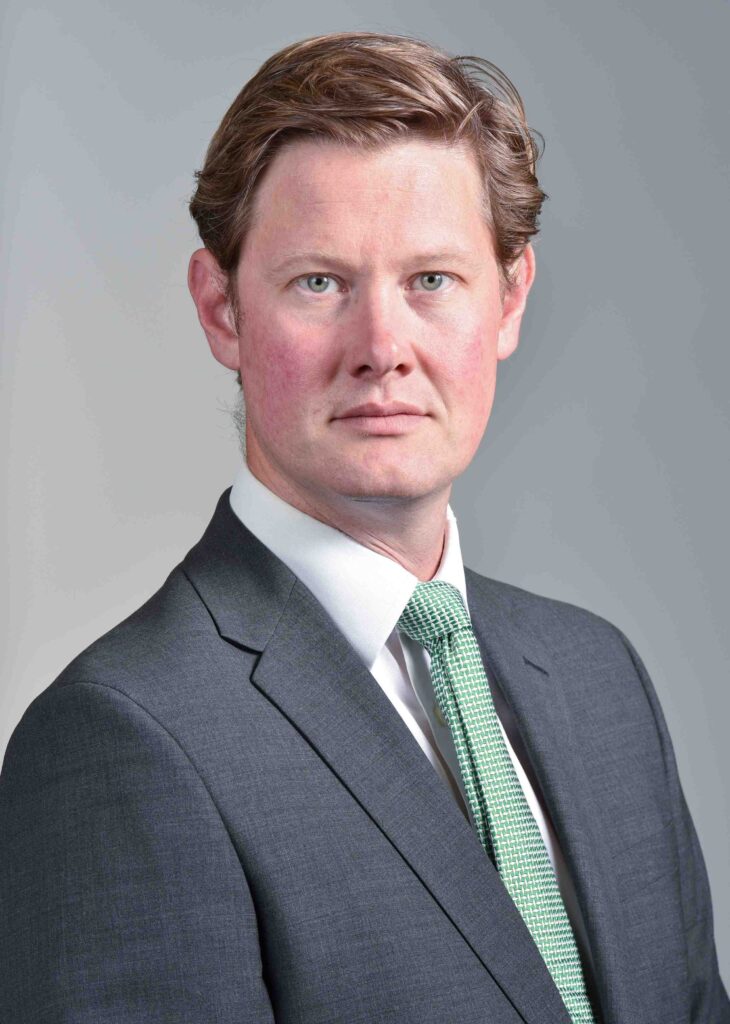Delivering positive climate and societal outcomes through effective risk management
Mining is a historically linear process – we take materials from the earth, make products from them and eventually throw them away as waste. With the intensification of climate change, environmental degradation, pollution – all products of linear economies – the mining industry needs to transition to a circular economy and a more sustainable alternative to make better use of increasingly finite resources demanded by world economies, while minimising the negative impacts to people and planet.
Speaking at a panel session at the Invest Africa Mining Series – Driving Sustainable Development – Circularity & ESG in Mining – Bruce Dettling, Mining Broking Leader at Aon Risk Solutions (UK), believes the South African mining industry is making strides towards a more circular economy (CE), with the focus on environment, social and governance (ESG) underpinning it.
“Long seen as the key contributors to the intensification of climate change, environmental degradation and pollution, the mining industry is now increasingly seen as part of the solution. In reality, the fundamentals of ESG have always underpinned mining’s licence to operate. The circular economy (CE) is based on three principles – eliminate waste and pollution through design, circulate products and materials at their highest value and finally, regenerate nature. A circular economy decouples economic activity from the consumption of finite resources – and at first glance, mining and the circular economy are not seemingly compatible. Yet by adopting CE principles, the sector can embrace the opportunities to reduce costs while mitigating risks.
“There is a growing body of evidence that emphasises ESG’s critical role in ensuring resilience, long-term success, and superior investment returns. We also see that an ESG focus translates into better risk management and outcomes, which means greater insurance capacity and better rates. The early adopters of ESG principles are seeing the benefits of de-risking their operations,” says Dettling.
“From a Social and Governance perspective, mining companies also see the benefits that come with better employee relations, talent retention, community relations, and reduced violent strikes/riots. The industry is also in desperate need of top talent to help take it forward in the energy transition – and attracting and retaining such talent hinges significantly on the operationalising of ESG,” he adds.
What does ESG mean from an insurance and risk management perspective for miners?
While the insurance market will continue to provide coverage solutions and capacity for miners making the transition to cleaner, greener operations, acknowledging that transition will take time, the writing is however on the wall. ESG is in sharp focus in the underwriting community.
In 2015 the insurance market first became impacted by thermal coal policies when most of the European insurers signed up to the Paris Accords, triggering a harsh decline in capacity as most global insurers were swift to exit the coal sector. What was initially anticipated to be a gradual withdrawal turned into an immediate disruption, with reduced capacity and rates that increased exponentially.
Eric Anderson, Aon’s President, presenting on this issue in Bermuda, articulated it best when he said that carbon-intensive businesses need support from the insurance sector to transition, rather than being abandoned. “In order to decarbonise, we need massive investments in new technology and new resources, both public and private. That capital will require protection, so walking away from carbon-intensive businesses in the short term, with no plan to transition, will leave a power generation void, particularly in developing countries. It will also strand that workforce and leave them without family-sustaining wages.” Andersen explained that none of the private, public and social sectors can get to net-zero without the help of the others. He identified a need to collectively create the conditions that leverage the talent and creativity of the best scientists, engineers, technologists and inventors, and which provide the opportunity to create a financial return. “This combination will require a market to measure, price and transfer risk.”
South Africa’s Mining Sector Embraces ESG
Bruce Dettling adds that more needs to be done to recognise the important progress made by South Africa’s mining sector on the ESG front – take up of renewable energy is one example. “There’s no escaping the energy intensiveness of mining with a traditional reliance on diesel and grid electricity bringing elevated levels of carbon emissions. South Africa’s constrained grid supply and load shedding has seen a rapid transition to renewable energy sources, including solar and wind energy, helping to regenerate natural systems and reduce emissions.
“Another key consideration is that the energy transition will put pressure on the demand for Africa’s mineral wealth, and vast volumes of copper, lithium, cobalt, platinum, and manganese will be needed – increasing the number of mines is not going to be sufficient to provide the critical minerals that the world needs. Energy transition minerals are now centre stage in the mining and metals industry, bringing new revenue opportunities for the industry, creating jobs and helping to diversify coal-dependent economies.”
Dettling also points to innovation in the reprocessing of tailings dams. “Technology has increased the level of recovery that can be taken from the waste dumps. There is massive room to reduce water usage in tailings by recycling, reusing, concentrating and reclaiming. Solutions like dry stacking to dewater mine tailings also eliminate the risk of tailings dam failures – a key consideration in any mining risk management programme and of critical importance to local communities. The devastating Brumadinho tailings dam disaster in Brazil in 2019 is a case in point. The dam collapse firmly threw the spotlight on how mining companies manage and monitor tailings storage facilities and significant innovation is going into de-risking them,” says Dettling.
Managing Risk in a Complex, Interlinked Environment
Transitioning to cleaner technologies, embracing renewable energy and adopting sustainable practices are imperative, but will take time and also carry significant risk. Mining companies must maintain effective, whole-enterprise risk management practices that consider expanding ESG expectations and reflect the industry’s rapidly rising and complex insurance needs.
Working with Aon brings global experience and expertise, helping to optimise strategic risk-taking and risk-management activities across every facet of the mining operations, with immediate access to many of the leading mining insurers across the globe.
Aon’s role is to support mining businesses to make better decisions around every aspect of their insurance and risk management programmes, ensuring that they are effective and harmonised to reduce the cost of risk, to satisfy a breadth of regulatory requirements and ensure that no aspect of coverage is overlooked.
The energy transition is not an overnight process and will take years to achieve. During this time, it’s crucial that carbon-intensive mining businesses are able to effectively demonstrate all their ESG initiatives to ensure that their efforts are recognised by insurance carriers. This is where Aon’s expertise and global market reach can help change an Insurer’s viewpoint by demonstrating real value from an underwriting perspective.
“The mining businesses that embrace ESG as strategic investments, rather than cost centres, will realise the benefits in terms of their sustainability, insurability, lower risks and operating costs and ultimately, competitive advantage. The reality is that the availability of any finance and investment depends heavily on the insurance solutions available. This can be the deal breaker in the event that adequate risk transfer capacity is not available due to a less than favourable risk rating based on poor ESG fundamentals,” says Dettling.
“We understand that the miners of the future are expected to provide many different types of value, including social and environmental, and that this involves not only mitigating the negative impacts of their operations, but actively creating positive ones too,” concludes Dettling.



